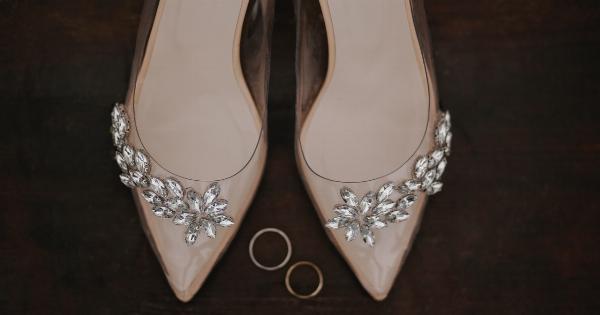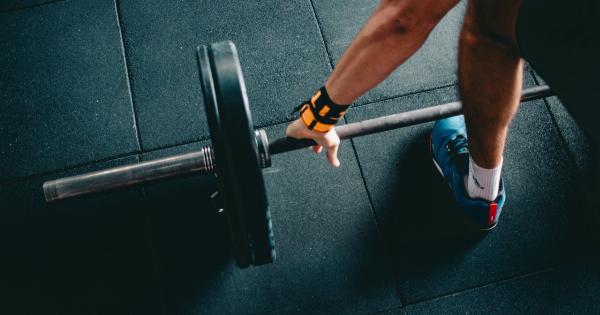Do you often experience high or cervical pain? Have you ever considered that your clothing choices could be a contributing factor? It might surprise you to learn that the clothes you wear can have a significant impact on your pain levels.
From tight-fitting garments to ill-fitting bras, certain clothing choices can strain your neck and upper back, leading to discomfort and even chronic pain. In this article, we will explore the relationship between your clothes and high/cervical pain and provide useful insights on how to make smarter clothing choices to alleviate or prevent such issues.
The Impact of Tight-Fitting Clothes
Tight-fitting clothes may be fashionable, but they can also be a source of high and cervical pain. Wearing tight clothing, especially around the neck and shoulder area, can restrict blood flow and constrict muscles.
This compression can result in muscle tension and discomfort, ultimately leading to pain in the neck and upper back.
To prevent such issues, opt for looser clothing styles that allow for better circulation and freedom of movement.
Loose-fitting tops, flowy dresses, and breathable fabrics can help reduce the strain on your neck and upper back muscles, minimizing the risk of high or cervical pain.
Unsupportive Bras and High Pain
Ladies, listen up! Your choice of bras can also play a significant role in high or cervical pain. Ill-fitting or unsupportive bras can lead to poor posture and strain on the neck and upper back muscles.
If your bra does not provide proper support, it can cause your breasts to weigh down on your shoulders and put excessive pressure on your cervical spine.
To combat this issue, it is crucial to find a bra that fits well and offers adequate support. Ensure that the straps are not too tight or digging into your shoulders.
Opt for bras with wide, adjustable straps and a supportive band that sits firmly on your ribcage. Investing in a well-fitting bra will not only provide comfort but also alleviate the risk of high or cervical pain.
The Role of High Heels
High heels may elevate your style, but they can also elevate your risk of high or cervical pain. Wearing high heels regularly can alter your posture and put extra pressure on your neck and upper back.
The change in alignment caused by high heels can lead to muscle imbalances and strain in the cervical spine region.
Consider wearing high heels less frequently or opting for lower heel heights to minimize the impact on your neck and upper back.
Additionally, incorporating exercises to strengthen your core and improve your posture can help counterbalance the effects of wearing heels.
Improper Ergonomics in Clothing
The ergonomics of your clothing can also contribute to high and cervical pain. Clothing with collars that are too tight, heavy jewelry, and accessories that pull on your neck can strain the muscles and exacerbate existing pain.
Even carrying heavy bags on one shoulder can cause imbalances and contribute to high pain.
When choosing clothes and accessories, prioritize comfort and consider their impact on your posture.
Opt for lightweight jewelry, avoid excessively tight collars, and distribute the weight of bags evenly on both shoulders or opt for a backpack to alleviate strain on your cervical spine.
Why Good Posture Matters
Regardless of your clothing choices, maintaining good posture is vital for preventing high or cervical pain. Poor posture can lead to muscle imbalances, increased pressure on the spine, and overall discomfort.
It is essential to be mindful of your posture throughout the day, whether you are sitting at a desk, walking, or even sleeping.
Practicing good posture involves aligning your spine, keeping your shoulders relaxed, and your head aligned with your neck. Avoid slouching or hunching over, as this can lead to strain and pain over time.
Engaging in exercises that target core strength and postural correction can also be beneficial in supporting proper alignment and reducing the risk of high or cervical pain.
The Importance of Regular Stretching
Stretching is a simple yet effective way to alleviate high and cervical pain associated with clothing choices.
Regular stretching exercises can help improve flexibility, release muscle tension, and maintain a full range of motion in your neck and upper back.
Incorporate stretching routines into your daily routine, especially before and after wearing clothing that may contribute to high or cervical pain.
Focus on stretching the neck, shoulders, and upper back muscles to relieve built-up tension and promote relaxation in those areas.
Balance and Variety in Clothing Choices
While certain clothing choices can contribute to high or cervical pain, it is important to note that balance and variety are key. Avoiding restrictive clothing altogether may not be practical or necessary.
The goal is to strike a balance between fashion and comfort.
Be mindful of your body’s signals and make adjustments accordingly. If you notice discomfort or pain in certain outfits, consider modifying or avoiding them in the future.
By incorporating a variety of clothing styles and listening to your body’s needs, you can find a middle ground that allows you to express yourself while minimizing the risk of high or cervical pain.
Conclusion
It is fascinating to realize the connection between our clothing choices and high or cervical pain. From tight-fitting clothes to unsupportive bras and high heels, the way we dress can have a significant impact on our musculoskeletal health.
By being mindful of our clothing selections and their effects on our posture and comfort, we can better manage or even prevent high or cervical pain.
Remember to prioritize comfort, opt for looser and breathable clothing, invest in well-fitting bras, and be conscious of your footwear choices. Regular stretching and maintaining good posture also play crucial roles in minimizing pain and discomfort.
By making informed clothing choices and taking care of our physical well-being, we can lead a more comfortable and pain-free life.



























